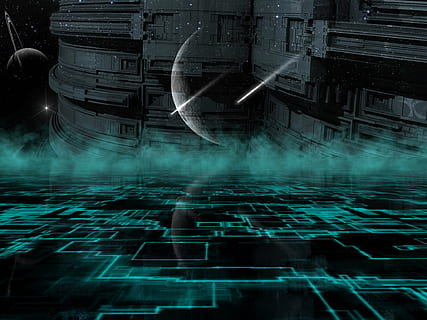For what reason are space rocks and comets such bizarre shapes?

An elastic duck. A turning top. A couple of hotcakes. These are only a couple of the shapes cosmologists have seen across the planetary group.
While planets and a few moons are totally round, the more modest pieces of the planetary group, like space rocks and comets, come in every unique shape. Yet, why would that be?
Everything boils down to mass and gravity, said Alessondra Springmann, a specialist who concentrates on space rocks at the Lunar and Planetary Laboratory at the University of Arizona. Gravity shapes huge articles, similar to planets and a few moons. "Assuming you have sufficient mass, gravity will overwhelm your shape," Springmann said.
When a design gets sufficiently large, gravity pulls everything similarly toward the body's focal point of mass. That gravitational power makes a circular shape.

Then, at that point, there are the space rocks, comets and other little collections of the planetary group, for example, some Kuiper Belt objects (KBOs), which circle the sun past Neptune. These articles are comprised of the extras from the planetary group's arrangement, after the developing planets cleared up the vast majority of the nearby planet group's unique material. These little bodies are excessively little for gravity to influence their shape, Springmann said.
With no forming from gravitational powers, different variables become an integral factor. A few space rocks are lumpier and less round in light of the fact that they've collided with one another, Springmann said. The KBO Arrokoth, for instance, is molded like two flapjacks remained together. Researchers believe that Arrokoth shaped from two articles gradually spinning around one another increasingly close until they impacted and remained together.
The space rocks Bennu and Ryugu, in the interim, are generally precious stone formed instead of round. Their shapes result from their geographical cosmetics. Bennu and Ryugu "are rubble heaps," Springmann said. "They are simply heaps of rock." These two space rocks are incredibly permeable, and kept intact by powers other than gravity or erosion, for example, the feeble van der Waals force. The van der Waals force follows up on particles themselves, drawing in individual particles together. Researchers speculate these two space rocks are molded like precious stones on the grounds that their rotational paces are impacted by how the space rocks ingest and emanate radiation from the sun.

Then, at that point, there's Comet 67P/Churyumov-Gerasimenko, which is broadly formed like an elastic duck. Comets come in abnormal shapes in light of their size as well as on the grounds that they're made for the most part of ice (both water ice and different kinds of ice), Springmann said. Whenever comets draw near to the sun, that ice sublimates - it becomes gas, avoiding the fluid stage - and jets into space, making a brief air around the comet called a trance like state.
"Those planes can shape a wide range of constructions," on the comet's surface, Springmann said. On 67P, "you have every one of these dynamic surface geography processes going on," which bring about a few unusual surface shapes, similar to breaks and gaps.Click on image for more information



